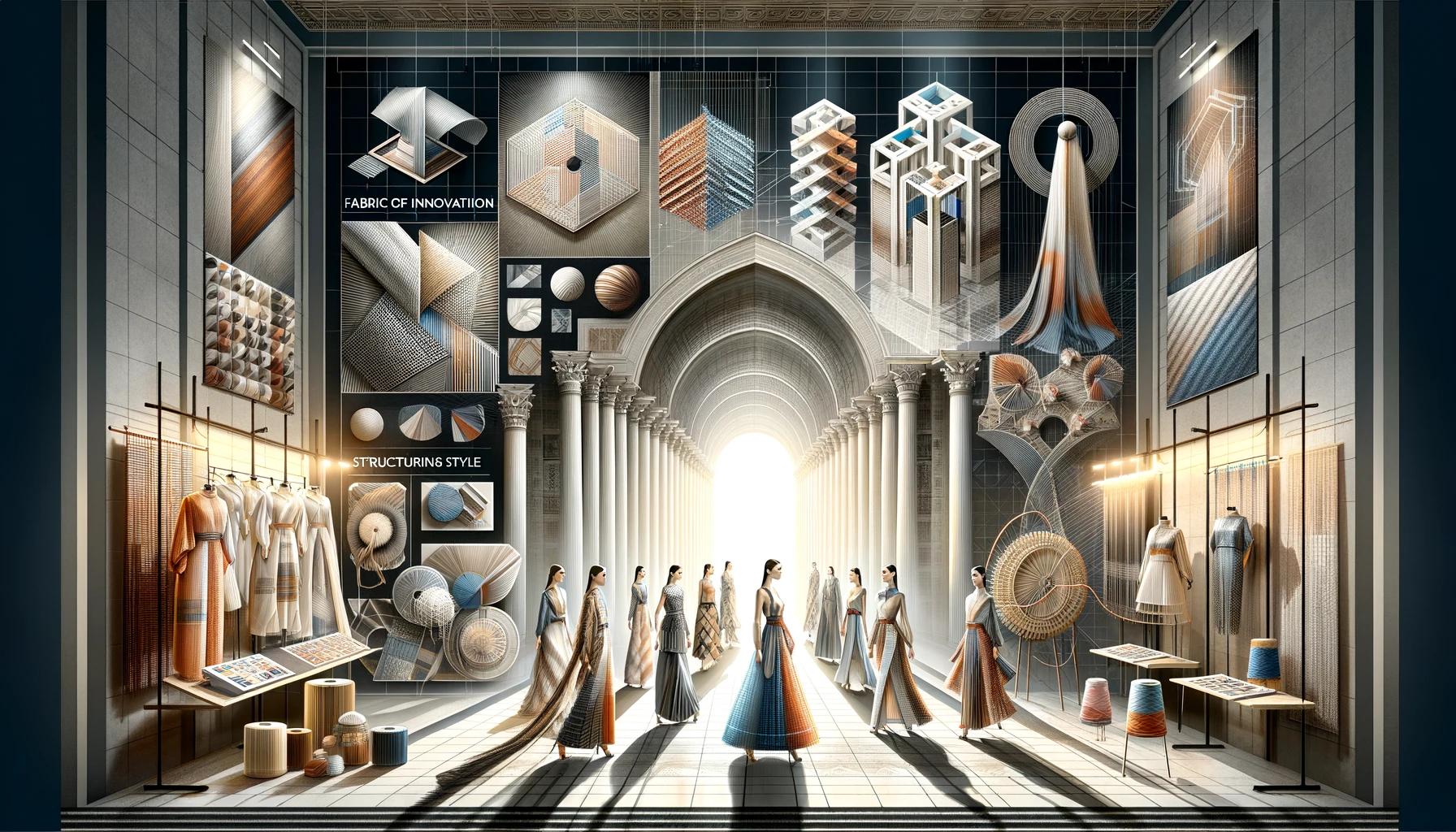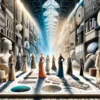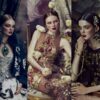The Rococo Style: Unveiling the Extravance of French Elegance
The Rococo style, an epitome of grace and opulence, brings together elements of romance and sensuality, resulting in a fashion aesthetic that exudes refinement and luxury. Characterized by its pastel hues, intricate shell and foliage motifs, Rococo has left an indelible mark on the world of fashion. Let Coolmate guide you through the characteristics and profound significance of this timeless fashion movement.
I. The Essence of Rococo Style
Rococo, which emerged during the 18th century, is a fashion style that underwent several transformations, ultimately cementing its status as a fashion icon. Madame de Pompadour, the beloved mistress of King Louis XV, played a pivotal role in shaping this trend. She possessed a remarkable fondness for pastel colors and a light, vivacious style, collectively known as Rococo. The floral patterns and delicate stripes characteristic of this style captivated the imaginations of fashion enthusiasts.
By the end of the 18th century, Queen Marie Antoinette and the fashion visionary Rose Bertin propelled French fashion to new heights. Bertin, in particular, designed intricate and elaborate gowns for Marie Antoinette, marking the inception of haute couture, the epitome of high fashion. This transformation solidified Bertin’s place as a celebrated fashion designer, renowned for her opulent creations.
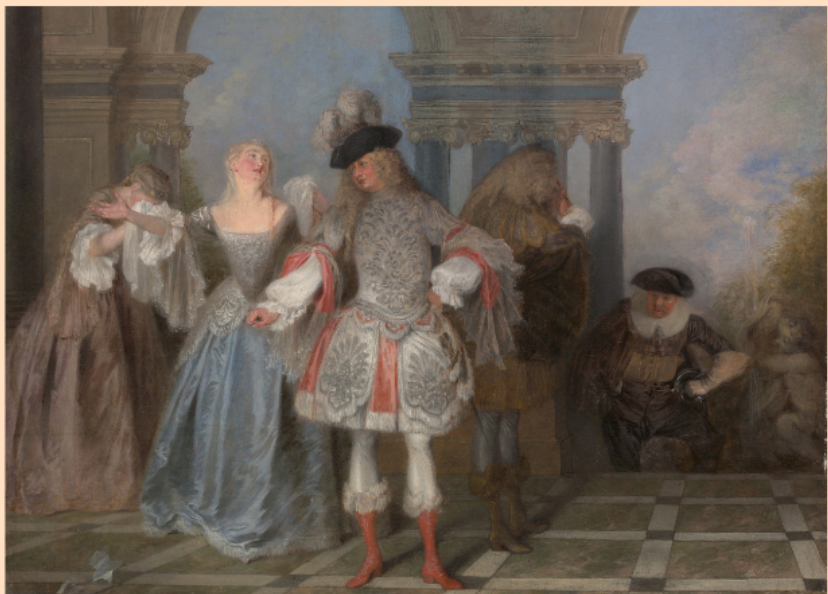
Marie Antoinette, the wife of King Louis XVI, became an iconic figure in European fashion during the 18th century. She introduced the chemise à la reine, a wide, flowing white dress adorned with a vibrant silk sash. This design deliberately excluded the use of corsets, focusing instead on accentuating the natural contours of the body. It symbolized a liberating shift in fashion aesthetics and quickly gained favor, particularly among women.
Rococo: More Than a Fashion Style
Rococo transcends the boundaries of fashion; it encompasses an entire cultural movement, spanning architecture, visual arts, and interior decoration.
At its core, Rococo design revolves around creating open and luminous spaces, accentuating the perception of softness and delicacy. In fashion, this manifests in the preference for pastel color palettes, including soft pinks, mint greens, and delicate yellows. These are often paired with intricate floral and foliage patterns, as well as finely detailed stripes. Rococo garments are renowned for their intricate designs, characterized by multiple layers and drapery, all the while maintaining an air of feminine gracefulness.
The Rococo style is a celebration of elegance, a fusion of art and fashion that continues to inspire designers and captivate the hearts of those who appreciate the allure of opulence and refinement. Its legacy endures as a testament to the enduring power of creativity and style.
II. Characteristics of Rococo Style
For Men: The Rococo style was not solely reserved for women’s fashion; it also significantly influenced men’s attire during the 18th century. Rococo men’s clothing often exuded a sense of prominence and complexity with its flowing and wide-chested designs. Although pastel colors predominated, subtle juxtapositions with bold shades like black, deep blue, or red were not uncommon.
Rococo men’s attire was characterized by simplicity and refinement in comparison to women’s fashions of the era. Typically, it encompassed coats, waistcoats (vests), and knee-length breeches. Waistcoats were often adorned with embroidery, intricate patterns, and lace jabots at the neck. Trousers reached the knee and were paired with white stockings and substantial square-toed shoes.
Coats were tailored and lacked the voluminous qualities of the Baroque period. Tricorn hats were popular accessories, frequently embellished with ostrich feathers. White wigs and the cardogan hairstyle were widely embraced during this epoch. The French aristocracy frequently donned opulent ensembles, referred to as “macaron.”
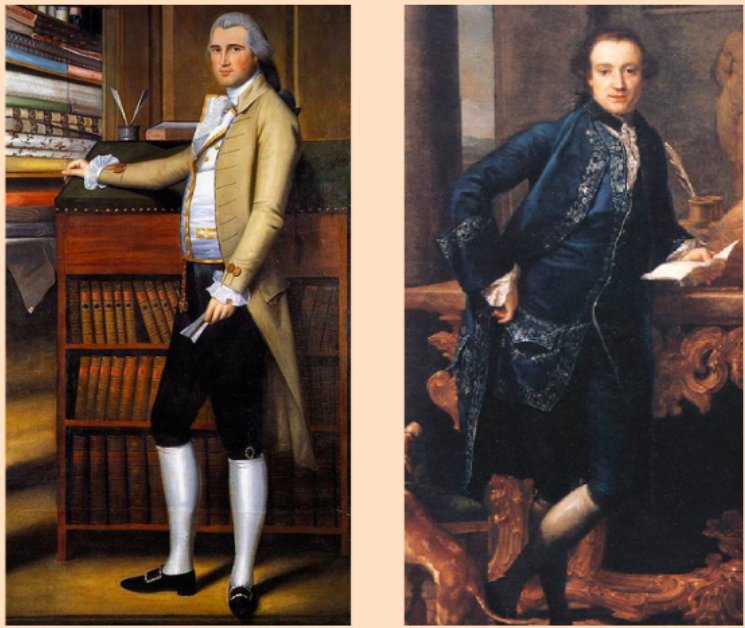
The focus on silhouette was achieved through waistcoats and cinched trousers, culminating in an air of sophistication and allure. Ruffles, brooches, and various other decorative elements often graced shirts and waistcoats. Accessories such as belts and sashes were employed to add complexity and elegance.
Tricorn hats, wide sashes, and shoes boasting red soles were recurrently employed as ornamental embellishments, completing the overall image. Fabrics such as silk, brocade, velvet, and satin were regularly utilized, imparting a sheen and opulence to Rococo men’s clothing.
Rococo style for men amalgamates elements of elegance, allure, and artistic beauty, engendering a sophisticated and luxurious demeanor during a historic era characterized by artistic and fashion expression.
For Women: Rococo-style women’s attire epitomizes grace and femininity. Delicate, sinuous lines permeate every facet, from the cut of the dresses to embellishments such as bows, patterns, and ruffles, imbuing an aura of softness and charm. Elaborate, long dresses, typically fabricated from materials such as silk, satin, and brocade, symbolized opulence and refinement.
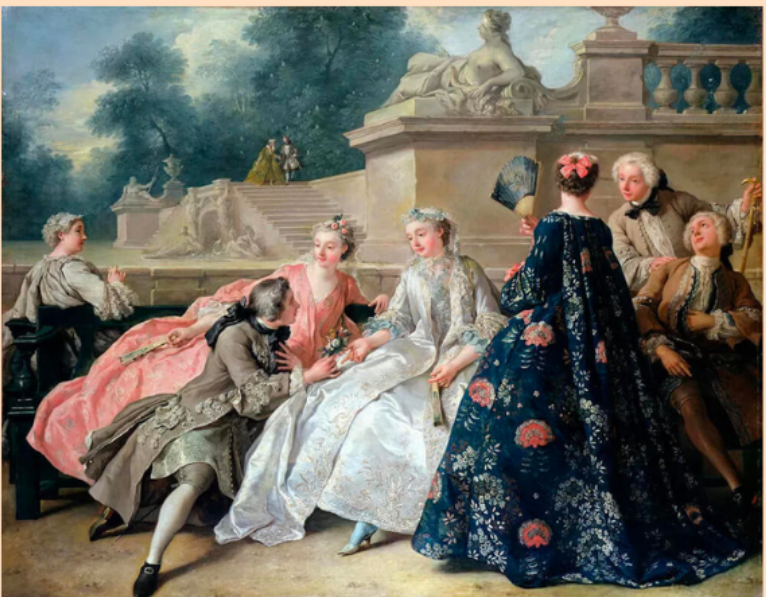
The Rococo palette often leaned towards soft hues like pale pink, mint green, and light yellow, as well as deeper tones like black and red. Accessories like bows, foliage motifs, gemstones, and broad belts were employed to adorn and accentuate the waist and chest areas.
Intricate hairstyles, frequently adorned with flowers, silk bows, or gemstone accents, contributed to a sophisticated and elegant aesthetic. Shoes typically featured a moderate heel height, often accompanied by laces or bows, amplifying the allure and femininity of the ensemble. Rococo fashion for women epitomizes a refined fusion of intricate details and complex designs.
During this era, the lines of women’s attire underwent a multitude of transformations. Hoop skirts with frames were utilized to achieve volume, combined with tightly fitted corsets that accentuated the figure. These hoop skirts could range from extravagant and grandiose for special occasions to less voluminous for everyday wear.
Broad collars were a prevalent feature, and dresses were often designed to reveal the front, showcasing the hoop skirt or petticoat beneath. Sleeves were narrow, adorned with lace cuffs or ribbon ties at the wrists—distinctive Rococo-style details that contributed to the overall allure and elegance of women’s fashion during this captivating period.
III. Styling Rococo Fashion
3.1. Materials Rococo fashion is renowned for its exquisite and opulent use of materials and accessories. The combination of luxurious fabrics and intricate embellishments is what defines this style.
Silk and brocade take center stage in Rococo attire, gracing long gowns and shirts with their sumptuous textures and rich sheen. These materials create an extravagant and grandiose effect that perfectly captures the essence of Rococo’s lavish aesthetics.
Velvet and satin, with their soft and lustrous qualities, are often reserved for delicate details and decorative elements. Lace and tulle are skillfully incorporated to add intricate layers and textures, lending depth and complexity to the garments. Wide belts and silk bows are meticulously tied around the waist, serving both as functional and ornamental components. Gemstones and metallic accents are strategically placed to emphasize opulence and sophistication.

The iconic tricorn hats and headbands, paired with square-heeled shoes featuring bold red soles, contribute to the overall refined and captivating Rococo look. These accessories harmonize the elegance of the attire with the femininity of the wearer, creating a balanced and striking ensemble.
Metallic embroidery, dazzling gemstones, silk ruffles, and geometric patterns are key elements in Rococo clothing, adding style and luxury to every piece. Rocaille patterns, characterized by their sinuous golden threads, create mesmerizing focal points and are among the most emblematic features of this era’s fashion. Lace, with its intricate patterns and delicate textures, continues to be a symbol of grace and refinement, further enhancing the beauty of Rococo garments.
Footwear in Rococo fashion is characterized by shoes with glass heels and pointed toes, making them both visually appealing and elegant. These footwear choices, along with the opulent materials and accessories, define the distinct and iconic Rococo look during its golden age.
3.2. Sparkling Accessories Accessories are instrumental in Rococo fashion, serving as essential elements that accentuate opulence and sophistication. In the Rococo era, accessories were not only a means of displaying one’s wealth but also an expression of personal style.
Large diamonds, pearls, and precious gemstones were commonly worn as necklaces, bracelets, and earrings. These lavish jewelry pieces not only showcased the wearer’s affluence but also added a touch of extravagance to their ensemble. The shimmering stones reflected the soft candlelight of Rococo interiors, further enhancing the overall allure.

For those with a penchant for a vintage aesthetic, fans, hats adorned with feathers and flowers, or straw-based accessories were the perfect choices to create a feminine and charming appearance. Fans were not only fashionable but also functional, as they helped keep the wearer cool in the elegant but often stifling Rococo attire.
3.3. Makeup and Hairstyling Rococo makeup and hairstyling were meticulously crafted to complement the gentle and refined beauty of the era. The overall makeup look emphasized softness and sophistication, enhancing natural features without excessive extravagance.
The complexion was kept subtle, with a focus on creating a flawless base. Rococo women favored light-toned foundations, often using shades of pale pink, rosy white, or light brown to create a smooth and youthful appearance. The makeup was designed to give the skin a delicate, porcelain-like finish.

The eyes took center stage in Rococo makeup. Eyelids were adorned with soft pastels and light shimmers, with pale pinks, blues, and whites being popular choices. The emphasis was on creating a dreamy, ethereal gaze. Eyelashes were accentuated, with mascara applied to achieve a wide-eyed, fluttery look. Eyebrows were groomed and defined, often slightly darkened to frame the eyes elegantly.
For the lips, soft and understated shades like pale pink or peach were chosen to enhance the natural beauty of the lips. The goal was to create a harmonious balance between the eyes and lips, ensuring that neither feature overwhelmed the other.
Hairstyles in Rococo fashion were characterized by their neatness and elegance. Elaborate updos, often adorned with decorative accessories such as feathers, ribbons, or gemstone-encrusted hairpins, were the norm. These hairstyles were carefully crafted to complement the overall ensemble, creating a cohesive and refined look.
IV. Modern Rococo Style: A Fusion of Elegance and Contemporary Flair
Modern Rococo style, a captivating blend of youthful exuberance and the timeless elegance of classical European fashion, has emerged as a striking and unique trend in the world of haute couture. This modern interpretation of the Rococo aesthetic not only showcases the spirit of the present but also pays homage to the distinctive characteristics of a bygone era.
In this contemporary revival, the corset takes center stage, playing a pivotal role in crafting a svelte and alluring silhouette. It accentuates the waist, celebrating the natural curves of the female form while exuding an air of sensuality. The modern twist on the corset brings with it a sense of empowerment, as women embrace this symbol of femininity with confidence and style.
The use of corsets is just one facet of the Modern Rococo style. The fashionistas of today are known for their inventive combinations of accessories, which elevate their outfits to a new level of individuality and vivacity. Stockings, gloves, and other accessories are carefully chosen to create unique ensembles that are both captivating and dynamic.
A hallmark of this style is the inclusion of traditional Rococo elements like fans and lace. These elements add a touch of grace and sophistication to the overall ensemble, reminding us of the enduring charm of classical aesthetics. Incorporating floral patterns into the attire injects a sense of freshness and femininity, beautifully juxtaposing the classic with the contemporary.

Feathers and asymmetrical patterns also find their place in Modern Rococo style, adding a modern twist and a dash of eccentricity to the mix. These elements not only make the outfits stand out but also allow individuals to express their unique personalities and leave an indelible mark in any gathering.
Modern Rococo style is a testament to the timelessness of elegance and opulence in the ever-evolving world of fashion. It showcases how the past can seamlessly blend with the present, creating a fashion-forward movement that captures the essence of both eras. In this style, the allure of the Rococo period coexists harmoniously with the vivacity of today, proving that true elegance is indeed timeless.
